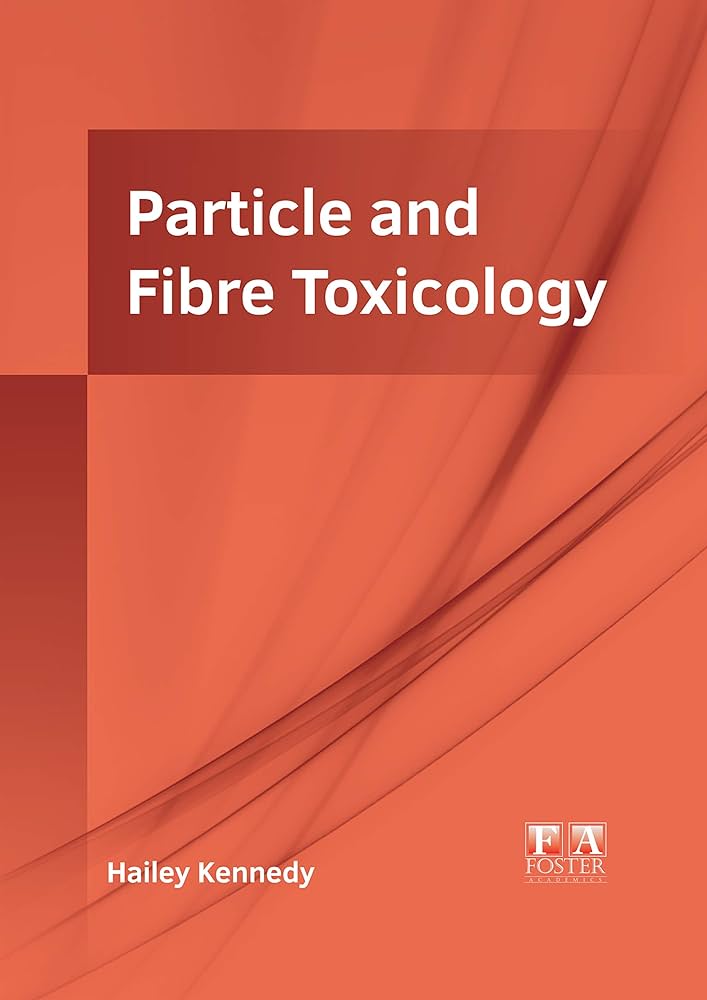Acute exposure to polystyrene nanoparticles promotes liver injury by inducing mitochondrial ROS-dependent necroptosis and augmenting macrophage-hepatocyte crosstalk
IF 8.2
1区 医学
Q1 TOXICOLOGY
引用次数: 0
Abstract
The global use of plastic materials has undergone rapid expansion, resulting in the substantial generation of degraded and synthetic microplastics and nanoplastics (MNPs), which have the potential to impose significant environmental burdens and cause harmful effects on living organisms. Despite this, the detrimental impacts of MNPs exposure towards host cells and tissues have not been thoroughly characterized. In the present study, we have elucidated a previously unidentified hepatotoxic effect of 20 nm synthetic polystyrene nanoparticles (PSNPs), rather than larger PS beads, by selectively inducing necroptosis in macrophages. Mechanistically, 20 nm PSNPs were rapidly internalized by macrophages and accumulated in the mitochondria, where they disrupted mitochondrial integrity, leading to heightened production of mitochondrial reactive oxygen species (mtROS). This elevated mtROS generation essentially triggered necroptosis in macrophages, resulting in enhanced crosstalk with hepatocytes, ultimately leading to hepatocyte damage. Additionally, it was demonstrated that PSNPs induced necroptosis and promoted acute liver injury in mice. This harmful effect was significantly mitigated by the administration of a necroptosis inhibitor or systemic depletion of macrophages prior to PSNPs injection. Collectively, our study suggests a profound toxicity of environmental PSNP exposure by triggering macrophage necroptosis, which in turn induces hepatotoxicity via intercellular crosstalk between macrophages and hepatocytes in the hepatic microenvironment.急性暴露于聚苯乙烯纳米颗粒可通过诱导线粒体 ROS 依赖性坏死和增强巨噬细胞-肝细胞串联促进肝损伤
全球对塑料材料的使用迅速扩大,导致产生了大量降解和合成的微塑料和纳米塑料(MNPs),它们有可能对环境造成重大负担,并对生物体造成有害影响。尽管如此,MNPs 暴露对宿主细胞和组织的有害影响还没有被彻底描述。在本研究中,我们通过选择性地诱导巨噬细胞坏死,阐明了 20 纳米合成聚苯乙烯纳米粒子(PSNPs)而非更大的 PS 珠先前未被发现的肝毒性效应。从机理上讲,20 纳米 PSNPs 可迅速被巨噬细胞内化并在线粒体中积累,它们破坏了线粒体的完整性,导致线粒体活性氧(mtROS)生成增加。线粒体活性氧(mtROS)生成的增加实质上引发了巨噬细胞的坏死,导致与肝细胞的串扰增强,最终导致肝细胞损伤。此外,研究还证明,PSNPs 能诱导小鼠坏死并促进急性肝损伤。在注射 PSNPs 之前,注射坏死抑制剂或全身性消耗巨噬细胞可明显减轻这种有害影响。总之,我们的研究表明,暴露于环境中的 PSNP 会引发巨噬细胞坏死,进而通过肝脏微环境中巨噬细胞和肝细胞之间的细胞间串扰诱发肝毒性。
本文章由计算机程序翻译,如有差异,请以英文原文为准。
求助全文
约1分钟内获得全文
求助全文
来源期刊

Particle and Fibre Toxicology
TOXICOLOGY-
CiteScore
15.90
自引率
4.00%
发文量
69
审稿时长
6 months
期刊介绍:
Particle and Fibre Toxicology is an online journal that is open access and peer-reviewed. It covers a range of disciplines such as material science, biomaterials, and nanomedicine, focusing on the toxicological effects of particles and fibres. The journal serves as a platform for scientific debate and communication among toxicologists and scientists from different fields who work with particle and fibre materials. The main objective of the journal is to deepen our understanding of the physico-chemical properties of particles, their potential for human exposure, and the resulting biological effects. It also addresses regulatory issues related to particle exposure in workplaces and the general environment. Moreover, the journal recognizes that there are various situations where particles can pose a toxicological threat, such as the use of old materials in new applications or the introduction of new materials altogether. By encompassing all these disciplines, Particle and Fibre Toxicology provides a comprehensive source for research in this field.
文献相关原料
公司名称
产品信息
阿拉丁
Sodium Hexametaphosphate
 求助内容:
求助内容: 应助结果提醒方式:
应助结果提醒方式:


